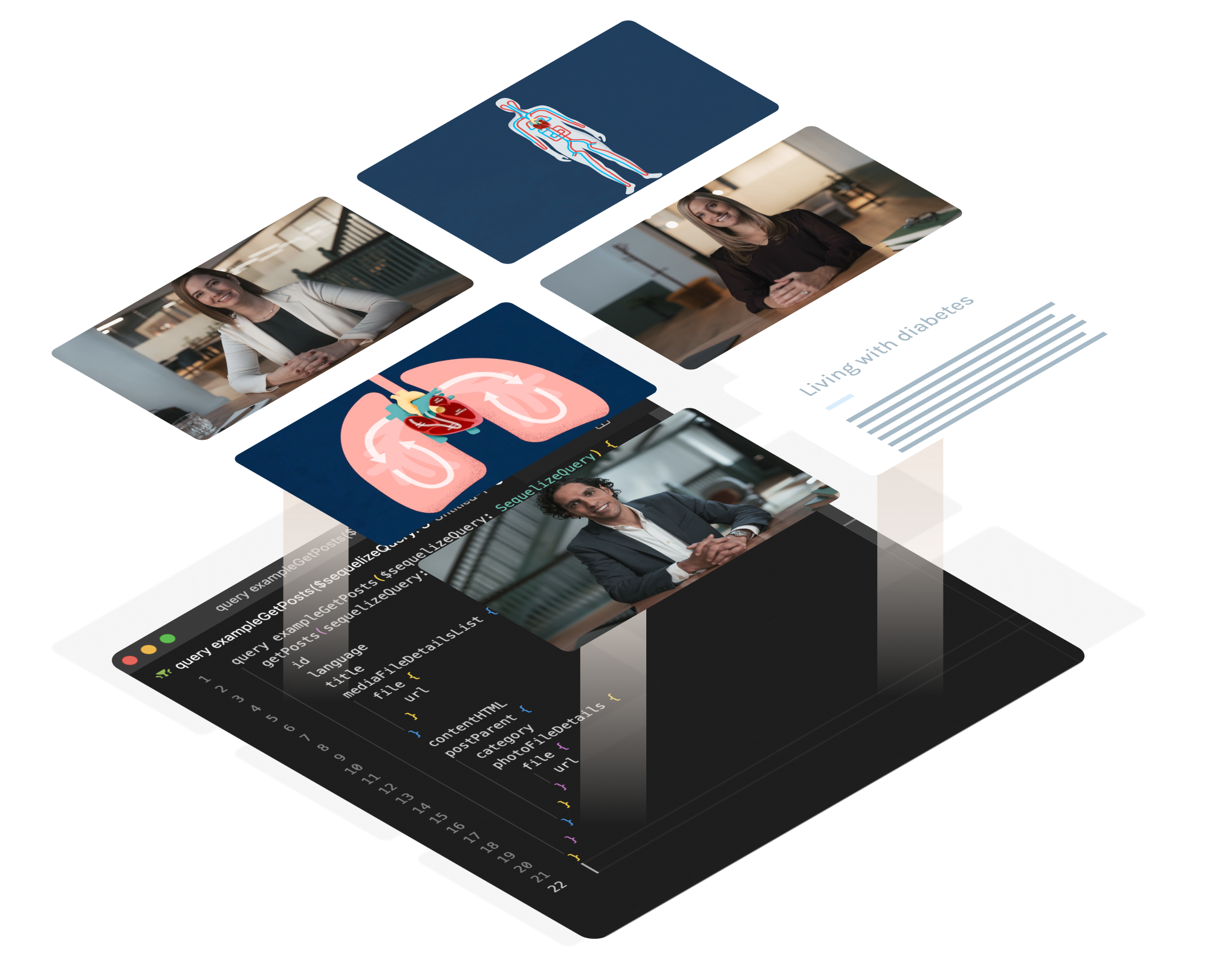Documentation
Explore our guides and examples on how to integrate Sanctuary Health.
Content
Use Sanctuary Health to get access to studio-grade health content and embed it directly into your web or mobile platform. Explore our guides, API references, and examples to start integrating.
Get started